By Stan Federman
In the late afternoon of July 18, 1944, in what was left of the main square of battle-scarred St. Lô, France, a stretcher draped with an American flag was carried to the top of a pile of rubble and gently placed near the shattered entrance of the Church of the Holy Cross. On the stretcher lay the body of Major Thomas D. Howie of the 29th Infantry Division, a remarkable man who had died on a mortar-swept ridge the day before the city fell to division troops.
The memories are etched deep for those who fought in the battle for St. Lô. It was one of the bloodiest engagements in the history of the U.S. Army. It had its beginnings on D-day with the division’s landing on Omaha Beach and ended 43 days later in what was left of the Norman city that Hitler ordered defended at all costs.
It was a battle fought by units of the American First Army, many of them in combat for the first time, and the veteran German Seventh Army. In between these two prodigious fighting forces were thousands of French citizens whose lives and homes were at the pitiless mercies of the vast struggle.
The bitterly contested battle took place mainly through the difficult hedgerow country of Normandy. Losses were uniformly appalling on both sides. Some 40,000 Americans were killed, wounded, or missing. The Germans, who fought with equal skill and courage, suffered about 50,000 casualties. And some 10,000 innocents—the Norman citizens in harm’s way—were also killed in the savage fighting.
Of all the American units that took part in the battle, none suffered heavier losses than the 29th Infantry Division, whose blue and gray shoulder patch depicted its National Guard origins from Maryland and Virginia. The division took some 8,000 casualties in the drive from Omaha Beach to St. Lô itself.
Today, the once battered city of St. Lô has long since been rebuilt into a modern, bustling French community. The Normandy campaign itself has largely been consigned to history books and war memoirs. Even men who soldiered in the campaign likely have difficulty later recalling their part in the struggle some 60 years later.
And yet, there is one name that brings to mind the destructive force involved in the battle for St. Lô—Tom Howie. Perhaps his name and heroism best sum up the thoughts of those who survived those 43 days of war.
The twilight of the battle has possibly lingered longest on him because he symbolized all the hopes and longings of every 29th Division soldier in that battle. They called him “The Major of St. Lô,” and he has become, eternally, a symbol of the valor to the division. His bittersweet victory after death is forever inspiring.
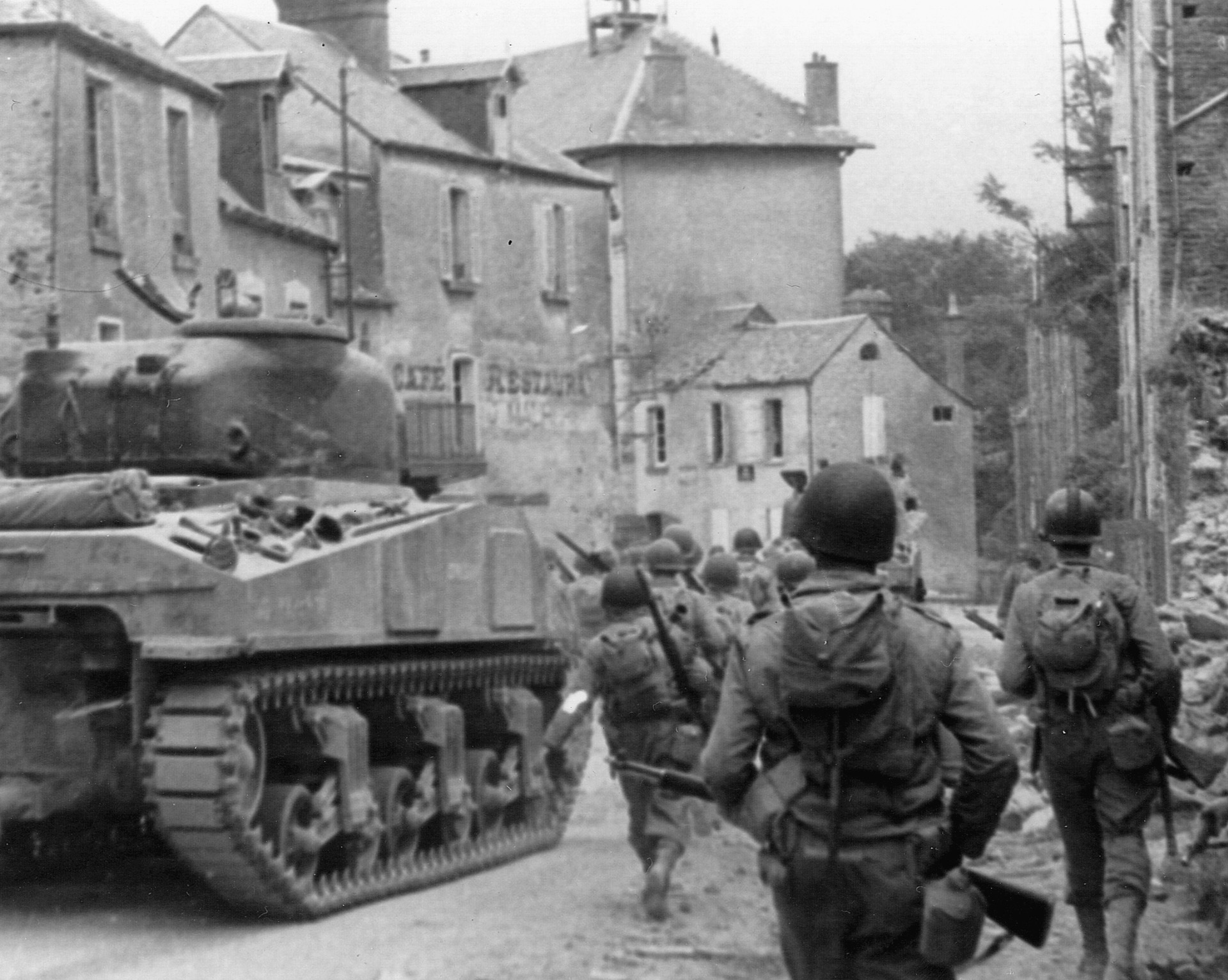
A Lieutenant Before the War
As a young man growing up in South Carolina, Howie showed many of the qualities that made him one of the nation’s finest young officers during World War II. In his hometown of Abbeville, those of his generation recall his eager competitiveness on the athletic fields and his scholarly aptitude in the classrooms. Family members and close friends remember him best as a kind and gentle person with an ability to put anyone at ease within seconds of their meeting.
Thomas Dry Howie was born in Abbeville, S.C., on April 12, 1908, the son of Mr. and Mrs. T.V. Howie. He graduated from Abbeville High School in 1925 and The Citadel in 1929. He seemed to excel in almost any endeavor he pursued. He finished The Citadel as president of his class and missed a Rhodes Scholarship by only a fraction of a point. In college he played football and boxed and also played shortstop on the baseball team.
After college, Howie, who was always interested in the military, joined the faculty of Staunton Military Academy in Virginia. He taught English literature and coached football and boxing. He also became a member of the Army Reserve Corps but later transferred to the Virginia National Guard because the opportunities for infantry training were greater. When the Guard’s 116th Infantry Regiment was called to active duty in 1940, he went with it as a second lieutenant.
The “Stonewall Brigade”
In time, the 116th was combined with the 115th and 175th Regiments of the Maryland National Guard to form the 29th Infantry Division. Although Howie always spoke with pride of the division as a whole, his heart, like most of the division’s southerners, lay with the 116th and its rich heritage. The regiment was founded during the French and Indian War but its exalted days before World War II were the years 1861-1865. It entered the Civil War as the 2nd Virginia of General Thomas J. Jackson’s brigade at the First Battle of Manassas. Both Jackson and the brigade emerged from that battle with the title of “Stonewall.”
A regiment, like an individual, changes. By D-day, the 116th’s ranks held as many Yankees as Virginians, but it was still called the “Stonewall Brigade” during the fighting for St. Lô. Howie, always the teacher at heart, often reminded his men of the regiment’s traditions. No one was prouder of the 116th’s fame, past and present, than he.
During his time with the 29th Division, especially its two years of assault training in England as it prepared for D-day, Howie became one of its most beloved officers. Handsome, friendly, and cheerful, he always had time for his fellow soldiers, especially the enlisted men whom he always believed were the division’s heart and strength. Unlike more ambitious officers, Howie was a soldier-leader who was always caught up in the activity around him. He was a team player who was more concerned with his men and their well-being than advancing his own stature within the regiment. It was believed he could have had a battalion command on D-day had he been more assertive. But Howie was simply not that type of man. His quiet, kind nature never changed, yet his personal calm and courage in combat were always evident.
His courage was badly needed on D-day when the 29th landed on Omaha Beach in the face of devastating German defenses. Howie was the 116th’s operations officer, and his cool, calm presence was a major force in the regiment’s performance. The 116th led the beach assault and within two hours suffered more than a thousand casualties but it grittily hung on. Due to its fortitude and the 115th Regiment, which followed it in, the 29th Division was able to breach the German defenses that day and begin Europe’s long awaited liberation.
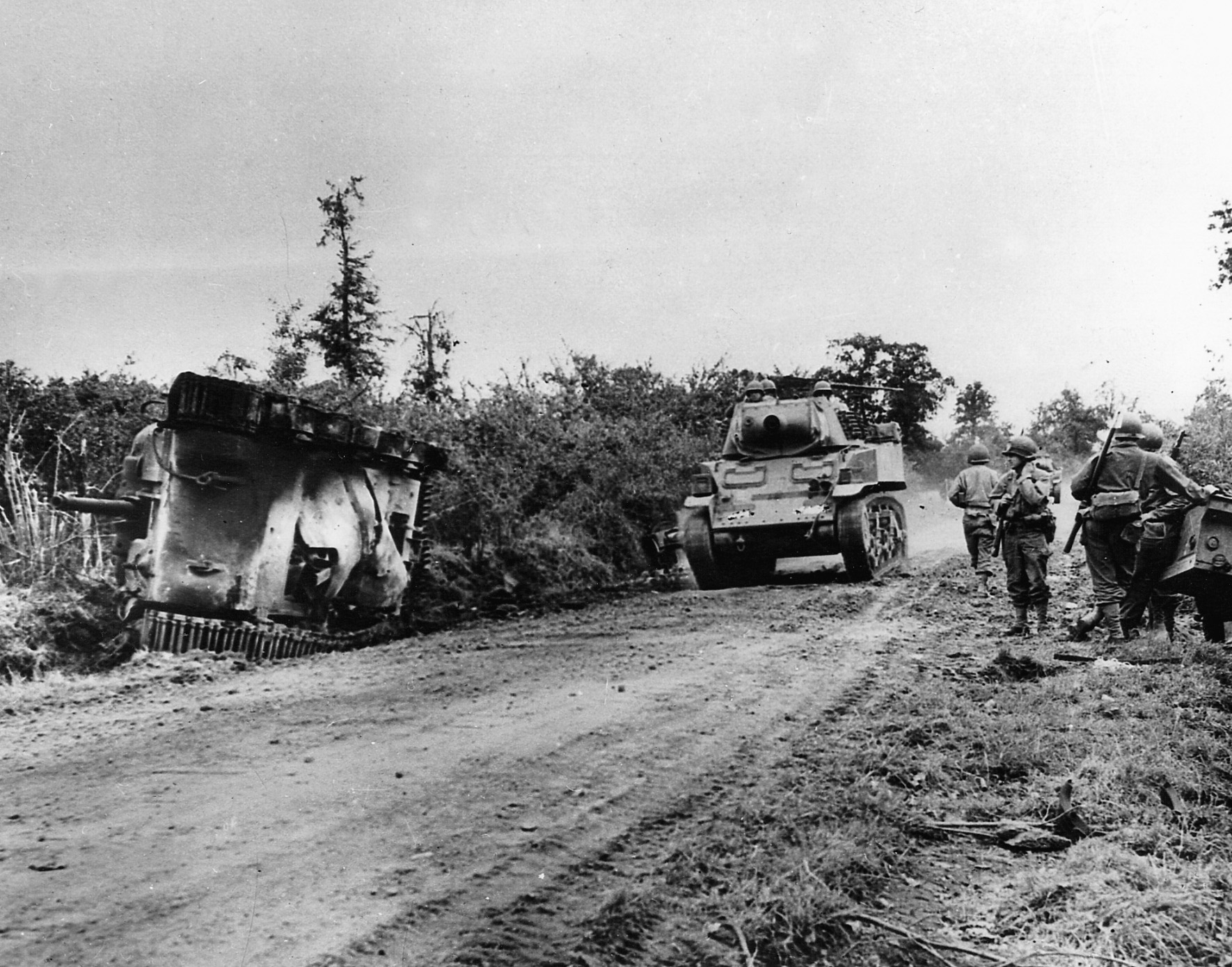
“See You in St. Lô!”
During the early days of the Normandy invasion, Howie visited GIs in the assault companies on the main line of resistance, constantly seeking sound operational information. The drive to St. Lô was a slow, agonizing advance through the hedgerows, stiff with German machine guns, mortars, and antitank defenses. The pace was often limited to 100 yards a day, and the casualties were high. It rained much of June and July, adding to the infantrymen’s miseries. At times they wondered if the battle, much less the war, would ever end.
It was in July that Major Howie took over command of the 116th’s 3rd Battalion. The unit had suffered staggering losses and was clearly understrength. Its men were exhausted and morale was low. But those who had survived the intense weeks of fighting had become some of the Army’s most combat-wise troops.
Howie reminded his men of this fact all the time. He pumped new confidence into the battle-weary soldiers and showed them he cared. He spent much of his time with his platoons and got hot food into them as often as possible. The battalion was refreshed with hope because of him.
One of Howie’s former noncoms tells about the time just prior to a dawn attack when the major came upon a GI obviously shaken by the news that the battalion would be facing the German armor that had dug in the previous night. “Are you scared, son?” Howie asked. The soldier nodded with a gulp and said, “Yes, sir!” Howie then grinned and said, “I’m scared as hell, too, but if it’s any help to you, I’ll never send you anywhere that I won’t go myself.”
On July 11, the First Army command decided the time was right for a final assault on St. Lô, still some six miles away. The 29th Division was designated to make the main assault, with the 2nd and 35th Divisions helping out on the flanks. For the next week, the three divisions slugged away with the Germans, who retreated ever so grudgingly.
On the morning of July 17, the 29th was poised only a mile from St. Lô. Major Howie’s battalion was given the job of relieving the 116th’s 2nd Battalion, which two nights earlier had become isolated and cut off from the rest of the regiment near the crossroads hamlet of La Madeleine. The two battalions were then to link up and enter the city together.
Major Howie called his company commanders at 0400 and gave them their battle alignments. He made it clear that the battalion’s primary mission was to get to the isolated 2nd Battalion. He ordered the men to rely on bayonets and hand grenades, with only two men in each platoon being authorized to fire in an emergency.
“Tell the men I’m sure they’ll do a fine job,” Howie said. “And tell them this is our chance to be first in the city.” Then, as his company commanders stood up to leave the command post, Howie’s face broke into a smile and he waved goodbye to his officers, saying, “See you in St. Lô!”
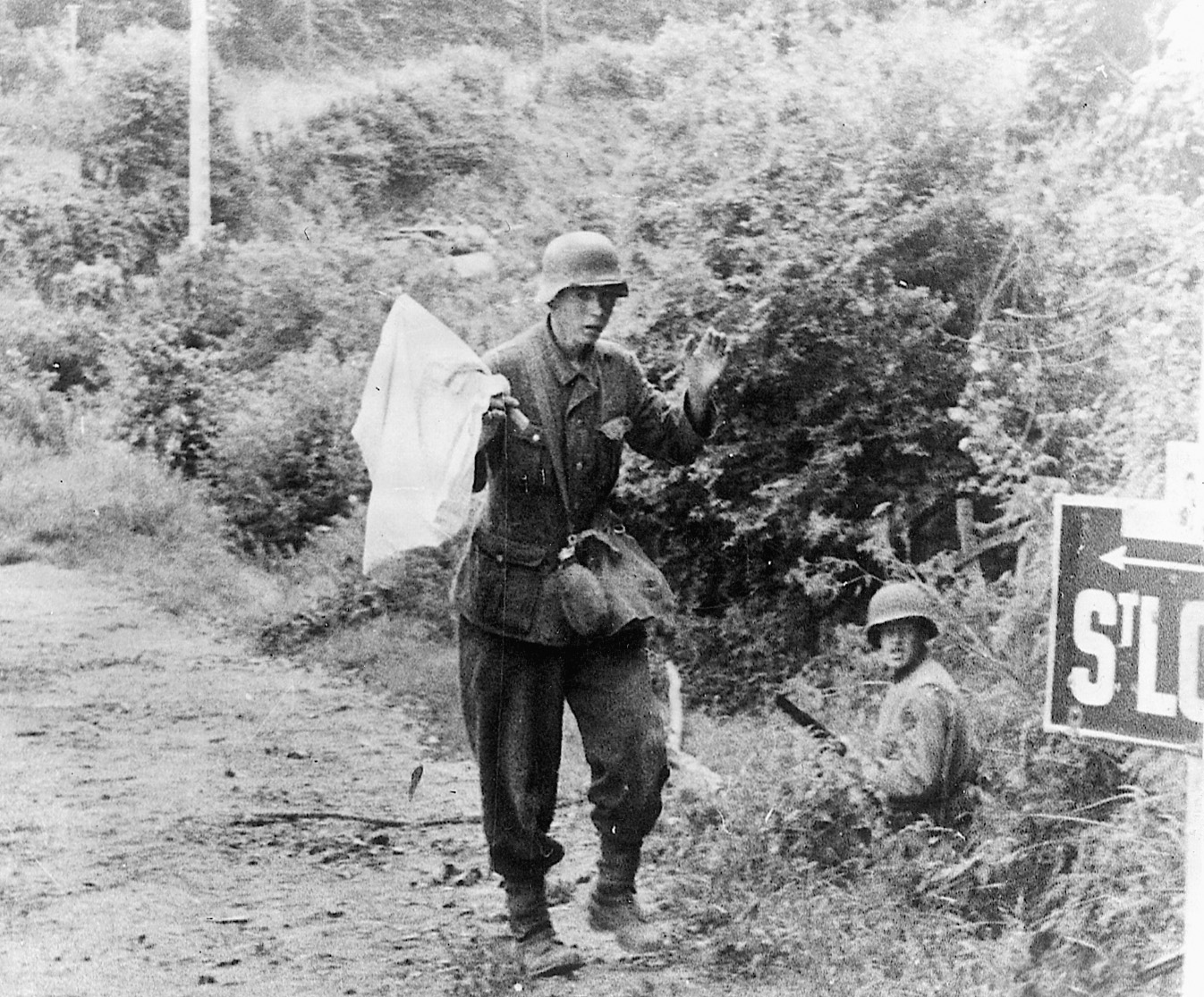
“My God, I’m Hit”
At 0430 the 3rd Battalion attacked. The suspicious Germans increased their artillery and mortar fire on the battalion’s flanks. But, following their orders, Howie’s men did not return the fire. Instead, they relied on rapid movement, aided by an early morning fog. Soon the battalion succeeded in slipping between two enemy companies. By 0700, the 3rd Battalion successfully linked up with the 2nd Battalion, quickly sharing with it badly needed medical supplies and rations.
It was soon apparent to Howie, however, that the battered 2nd was in no shape to join the 3rd in an assault on the city. He so informed the regimental commander, who then asked Howie if he could move the 3rd alone to the eastern edge of the town. “Will do,” replied Howie.
A few minutes later, just after he issued orders for the attack, the Germans laid down a massive mortar barrage around the battalion’s command post. Major Howie, with his usual disregard for his own safety, paused briefly to see that his men had taken shelter. At that moment, a mortar fragment hit him in the back and pierced his lung.
“My God, I’m hit,” he murmured. Captain William H. Puntenny, who was to succeed him as battalion commander, caught Howie as he fell and shouted for a medic. But it was too late. Within two minutes, Major Howie was dead.
Several of Howie’s men walked away from the body, hiding their emotions behind muffled curses. One man began to weep unashamedly. And still another, who covered the body with a blanket, said quietly, “I’m so sorry, major, I’m so sorry.”
Howie’s death was quickly reported to regimental headquarters and then to the division’s commander, Maj. Gen. Charles H. Gerhardt. The latter was also told of Howie’s parting remark to his men and his desire to be first into St. Lô.
Later on July 17, Howie’s battalion attempted to carry out its dead commander’s wish to become the first American unit in St. Lô but it was not to be. The Germans continued to throw up such a heavy curtain of mortar fire that the battalion could not move. The enemy even launched a late afternoon counterattack with tank support in an attempt to eliminate the battalion’s threatening position. With the fortuitous aid of American dive-bombers, the battalion managed to beat back the Germans and forced them to withdraw that night into the city itself.
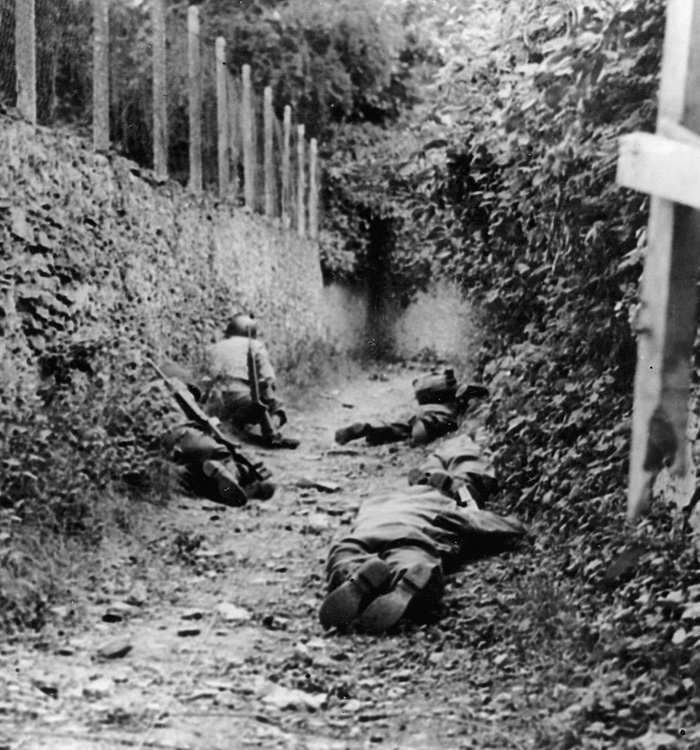
Howie Remains With His Troops
The next day, the battalion went into reserve with the rest of the 116th Regiment. The 29th’s 115th Regiment was ordered to take the offensive into the city. Meanwhile, General Gerhardt was preparing for what he hoped would be a final assault on the city. He ordered the division’s assistant commander, Brig. Gen. Norman D. Cota, to form a special task force of tanks, reconnaissance vehicles, tank destroyers, and engineer units. It was hastily assembled in the division’s rear at a location where it could attack from any direction into St. Lô.
After a hot morning fight, the 115th Regiment was hammering at the city’s gates. Shortly after noon, Gerhardt contacted Cota: “Everything’s shaping up now … I think we better get moving.” Several minutes later, just before the task force began to pull out of its assembly area, Gerhardt sent another order to Cota.
He ordered that the body of Major Howie accompany the first troops into St. Lô. Gerhardt always had a warm feeling for the major, who had been one of the earliest officers inducted into the division. But it was more than that. Howie’s “See you in St. Lô” was an aggressive, fighting way to say “so long.” When the major was killed, Gerhardt was determined that the pledge implied in Howie’s words would be fulfilled.
And so Howie’s body accompanied the task force into the city.
The gesture was not only an honor but also a visible reminder to the soldiers making the final assault of their comrades who had given their lives in a battle not yet completed. Gerhardt reasoned that any 29th Division triumph belonged to the dead as well as the living. Through Major Howie, the fallen were to participate in the culmination of that effort.
Cota’s special task force departed its assembly area, crossed the division zone, and began to roll down the Isigny-St. Lô highway. Like a left halfback making a wide run around the right end, the task force picked up its interference as it approached the line of scrimmage—the 1st Battalion of the 115th Regiment, which was closest to the goal. The infantrymen fell in behind the task force to provide its main ground support for the next several hours.
As the task force swept into St. Lô, Major Howie rode with it. By General Gerhardt’s order, the major was clad in full combat gear and placed in an ambulance in the task force column. On the outskirts of the city, heavy German artillery brought the first casualties, and the ambulance was needed to transport the wounded. Major Howie’s body, which was lying on a stretcher, was then transferred to a leading reconnaissance jeep.
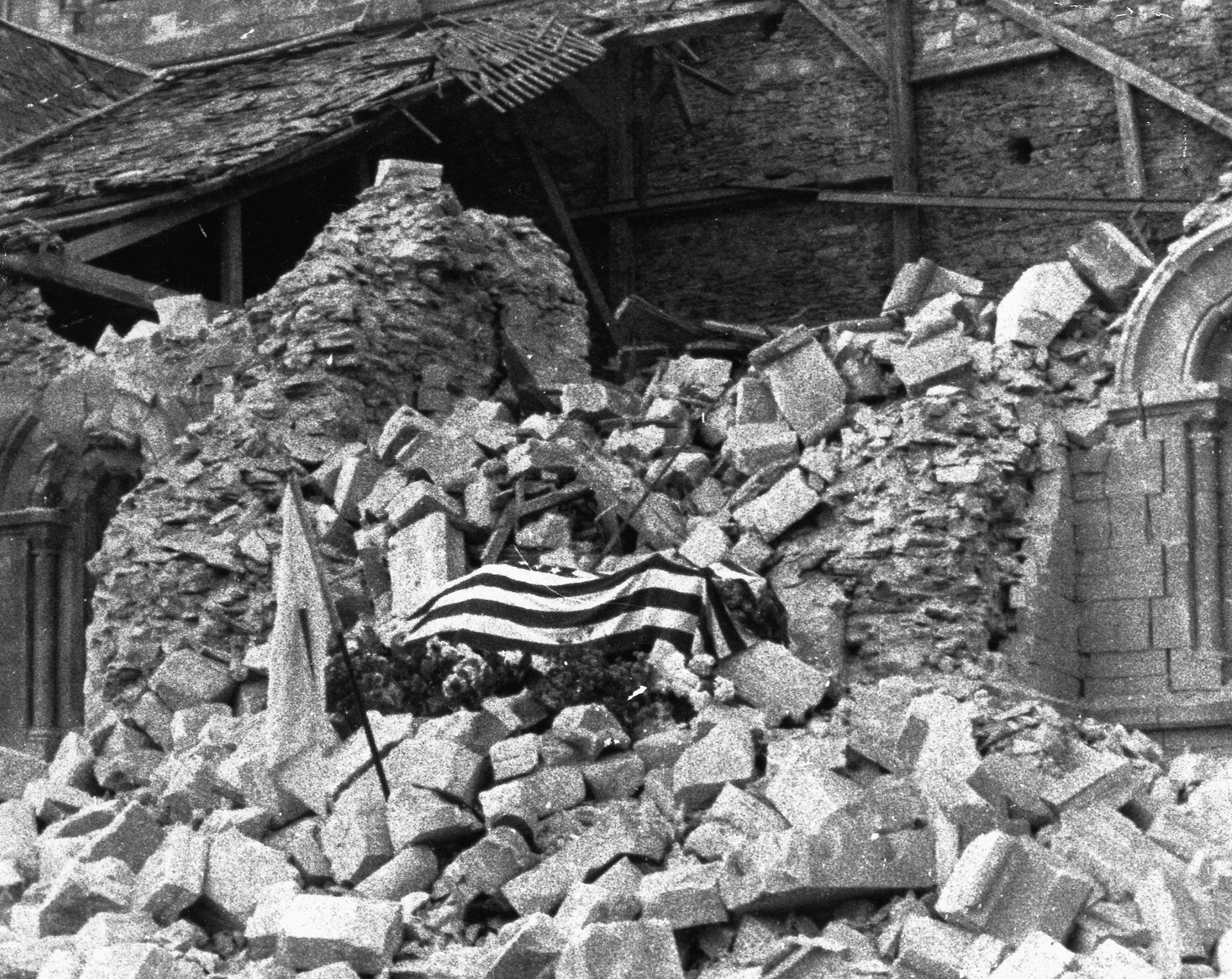
The Major Makes it Into St. Lô
The column continued to trundle on. It smashed through the last ring of German defenses and entered the fallen city, a sea of flaming ruins.
At the town square, GIs paused long enough to gently lift the dead major and, dashing through enemy fire, they carried the stretcher to the shell torn Church of the Holy Cross. They placed him, covered by a large American flag, atop the rubble by the church wall and then ran back into battle. At 1800 on July 18, General Gerhardt announced that the 29th Division had captured St. Lô.
“In death, his comrades had won for the major the last goal of his life,” wrote famed Associated Press war correspondent Hal Boyle. “He was with the first into St. Lô.”
All that day and the next, Major Howie’s body lay in state in the square. It was a beau geste that had no precedent in World War II. Many of the troops who went through St. Lô during those two days had heard of the young major and paid him tribute. Those who were not aware of who was lying under the flag still realized the significance of the scene. Some GIs doffed their helmets as they passed the church. Others knelt in silent prayer.
Correspondents such as Boyle stirred the nation’s heart that summer as they wrote about the dramatic episode. Because of censorship, Major Howie’s name was withheld, and he simply became “The Major of St. Lô” to millions of American newspaper readers.
The New York Times, in an editorial on the fall of St. Lô, concluded, “That same evening the unnamed major rode into St. Lô. He rode in state, with armored cars acting as his guard of honor. He rode like the Cid in his last battle, though no flags accompanied him on his journey and no bugles blew for him. Behind him tramped what was left of his battalion, boys turned into veterans, veterans with a score to settle. For the major, thus achieving his purpose, thus carrying out his orders, thus leaving to those who loved him a heritage of pride that will outlast their grief—the major lay in an ambulance at the head of his command, his face covered, dead.”
A Poem For Major Thomas Howie
The fact that Major Howie’s battalion did not follow behind the column in which he rode in no way detracted from the editorial tribute, just as a line in a poem that told of his death by sniper fire did not diminish its tone. The poem by Joseph Auslander first appeared in Life magazine and its measured eulogy immortalized Howie:
“They rode him propped straight and proud and tall
Through St. Lô’s gates … He told the lads he led
That they would be the first at St. Lô’s fall-
But that was yesterday … and he was dead;
Some sniper fire put a bullet through his head,
And he slumped in a meadow near a wall;
And there was nothing further to be said;
Nothing to say, nothing to say at all.
Ride soldier in your dusty, dizzy jeep,
Grander than Ceasar’s chariot, O ride
Into the town they took for you to keep,
Dead captain of their glory and their pride!
Ride through our hearts forever, through our tears,
More splendid than the hero hedged with spears!”
In becoming the U.S. Army’s symbol of the hard-fought battle for St. Lô, Major Howie became the Everyman in uniform for all the soldiers in Europe, who were fighting to get home. Colonel Charles R. Cawthon, an officer in the 116th Regiment and commander of the regiment’s 1st Battalion, was a close friend of Howie’s. Cauthon, who wrote several historical articles on the Normandy campaign after the war, recalled that the kind and unassuming Howie resembled another such soldier—Turner Ashby—commander of Stonewall Jackson’s cavalry in the halcyon days of the Confederates’ Valley Campaign of 1862.
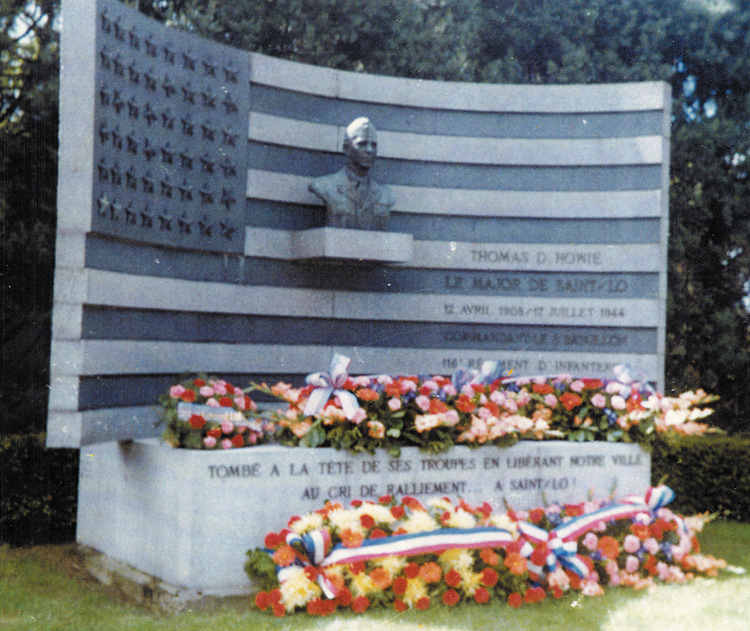
Said Cawthon: “Stonewall was harsh in his judgment of Ashby’s failure to push his troops; but he wept, and the South wept, when Ashby was killed.
“Through knowing Tom Howie, I feel I know Ashby and the gallant-hearted and selfless in every army in every war. They do not finally win the wars; those that are arbitrary and demanding do that. But the Howies and Ashbys add a note of grace to a generally brutish scene, and for this they are loved and remembered.”
Remembered After the War
Major Howie was remembered long after the guns of World War II were finally stilled. He was awarded the Silver Star posthumously. Other decorations included the Bronze Star, Purple Heart, and Combat Infantryman’s Badge. In his name, the French government presented his widow, Elizabeth Payne Howie, with the French Legion of Honor and Croix de Guerre with Palm.
In 1952, the city of Abbeville dedicated a special marker honoring Major Howie in front of the city’s courthouse square. The carillons at The Citadel were a gift in his name by an old friend. In 1964, the U.S. Army Reserve Center at Greenwood, S.C., was dedicated to his memory by Senator Strom Thurmond of South Carolina, who called Howie “one of the state’s grandest sons.” In 2003, Howie was inducted into the South Carolina Hall of Fame.
In St. Lô itself, there is a small monument in front of the Church of the Holy Cross telling of the major’s sacrifice and his bittersweet triumph. The city’s citizens still deck the monument with flowers and remember him in prayers. Many feel his story inspired numerous Americans to contribute funds that helped St. Lô rise again from its own rubble after the war.
St. Lô citizens also erected an even grander memorial to Howie in the city’s main square. The stone monument which was presented by Staunton Military Academy students to the French city in 1969 depicts the American flag with a bust of Howie directly in its center. A special Omaha Beach monument, commissioned by the National Guard Association of the United States, was dedicated to memorialize National Guardsmen who served with America’s fighting forces in Europe in both world wars.
Guardsmen from every state participated in this return to Normandy. Among the guests were then General of the Army Omar Bradley, Ambassador to France Sargent Shriver, and Howie’s division commander, General Gerhardt. Of all the ceremonies held during the 1969 commemoration, none were as poignant and fitting as those held in St. Lô. There, the monument honoring Howie was dedicated by officials of the U.S. Army and National Guard and the citizens of the city.
Perhaps of all the words that have been written about “The Major of St. Lô,” none were more true than those spoken that day by then St. Lô Mayor L’Baird to the vast assemblage gathered for the ceremony. “On this 25th anniversary of our liberation, I sincerely hope St. Lô’s citizens will never forget in the years and centuries to come Major Howie, who, in 1944, gave his life so that we might live free.”
But as war correspondent Boyle wrote, “Those who knew Tom, of course, needed neither marker, monument nor memorial to remember him.”
Author Stan Federman retired after 45 years as a daily newspaper staff writer, the last 30 with the Portland Oregonian. On July 18, 1944, Federman was a radio operator with the 110th Field Artillery Battalion, 29th Infantry Division. Attached to the 1st Battalion, 115th Regiment, his unit walked into St. Lô behind the assaulting task force.
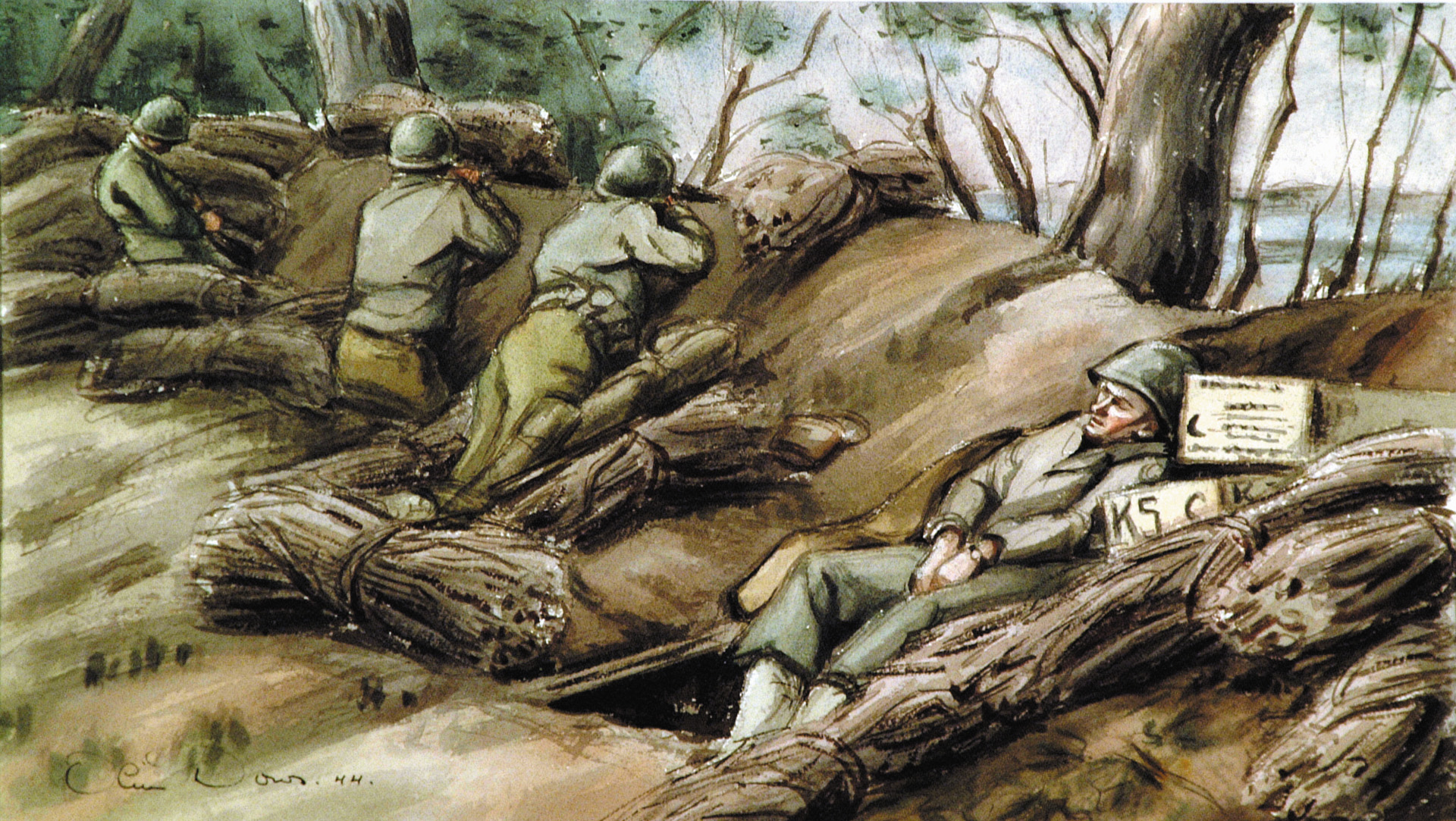

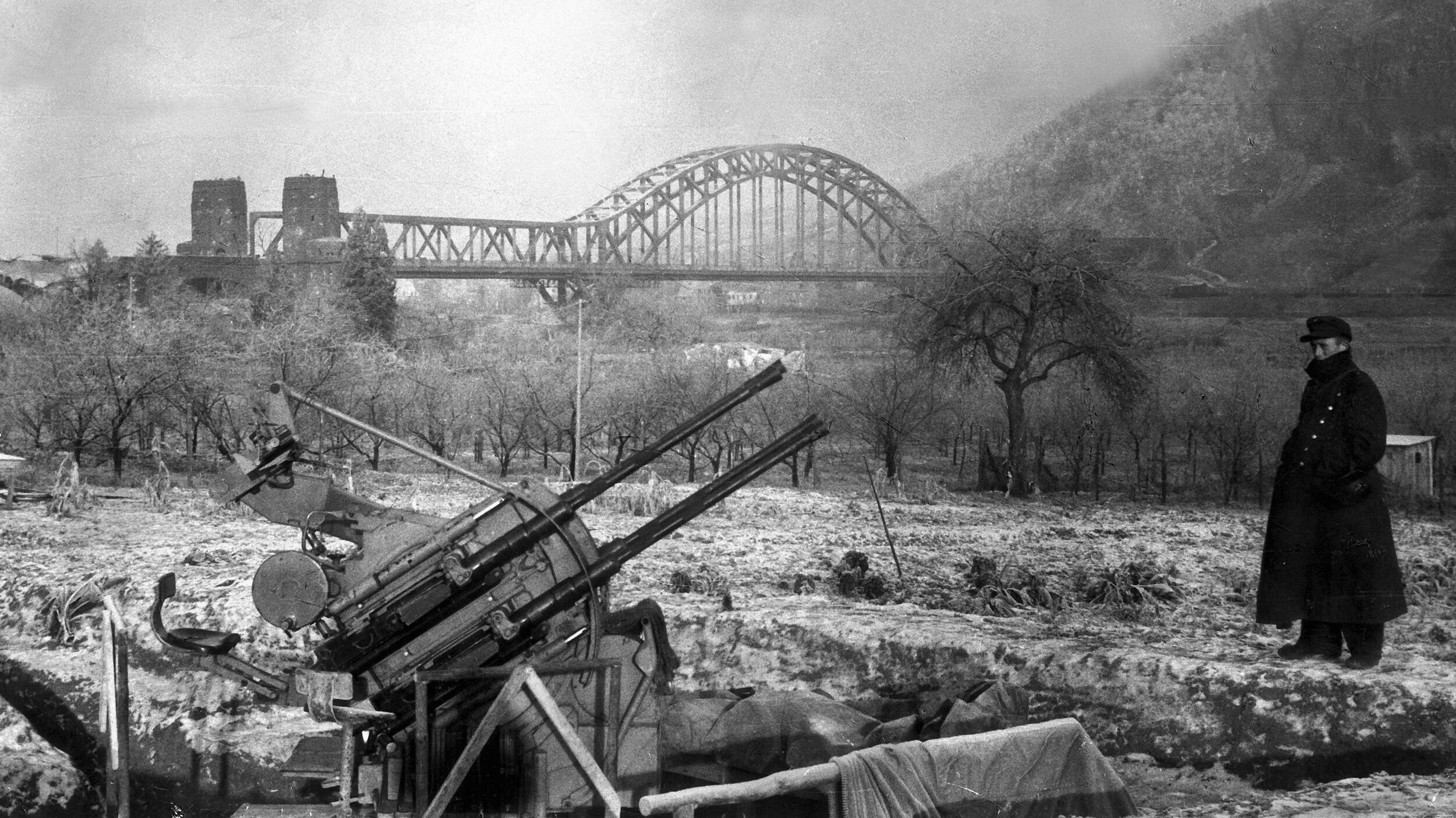
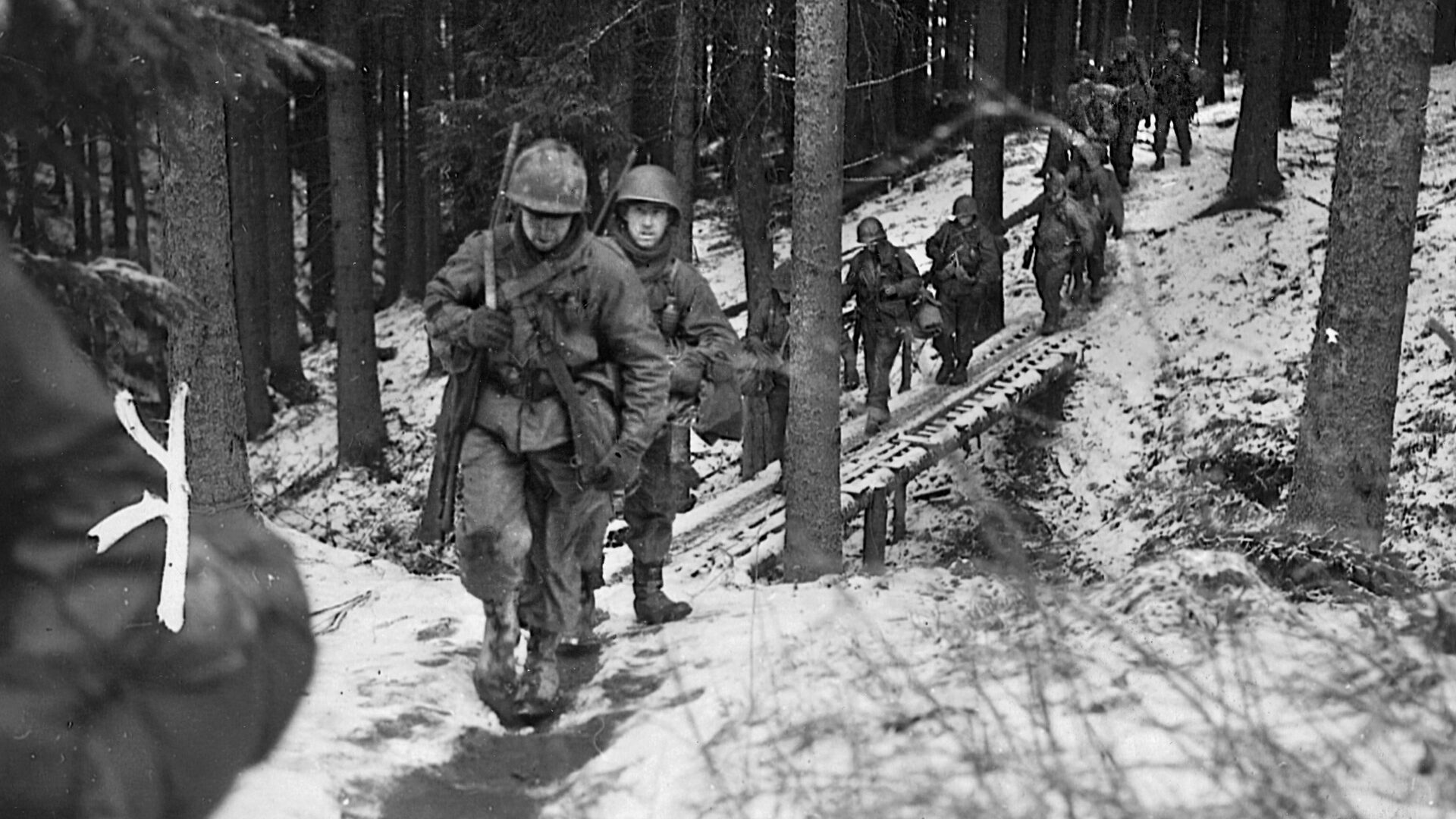
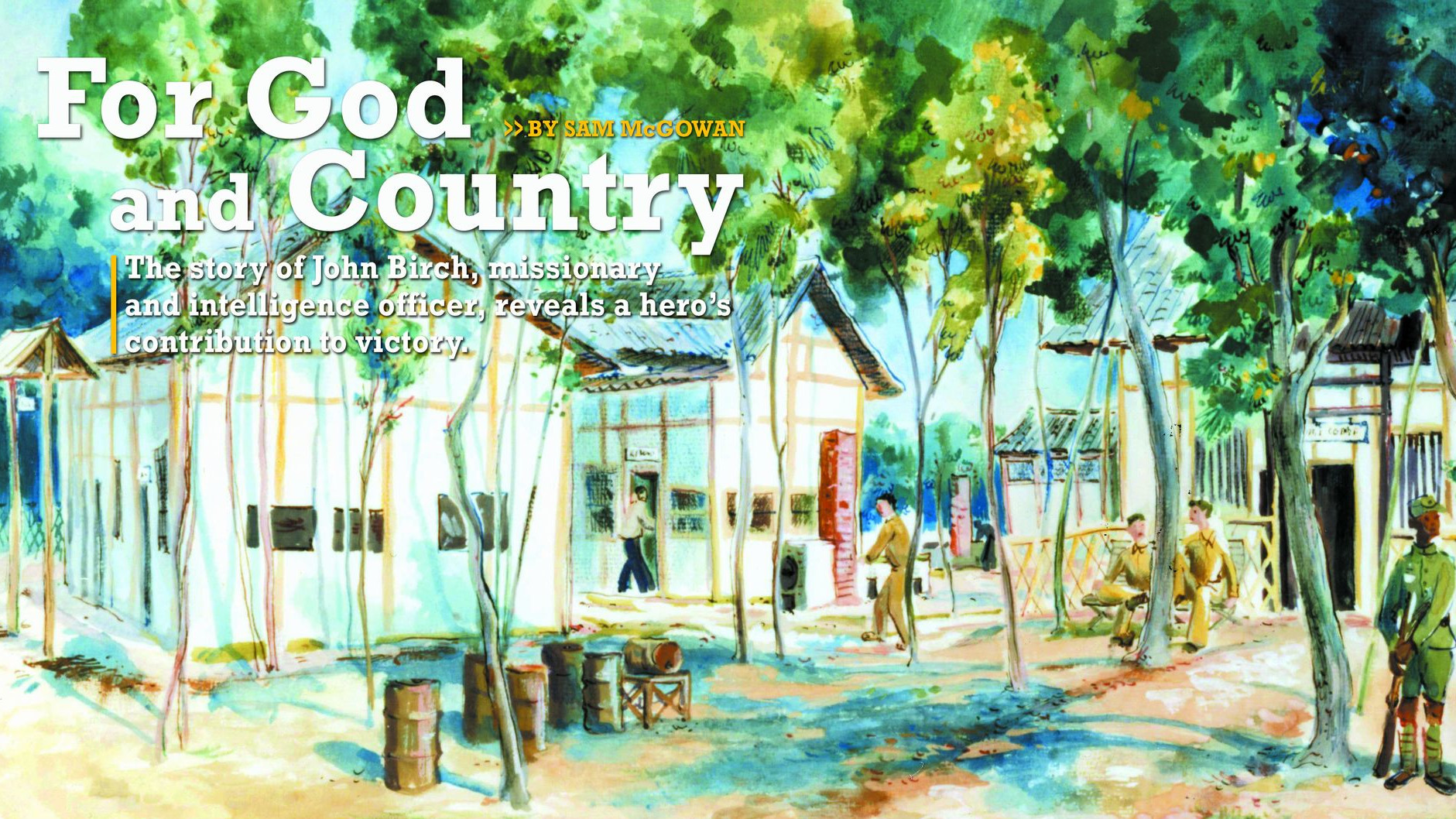
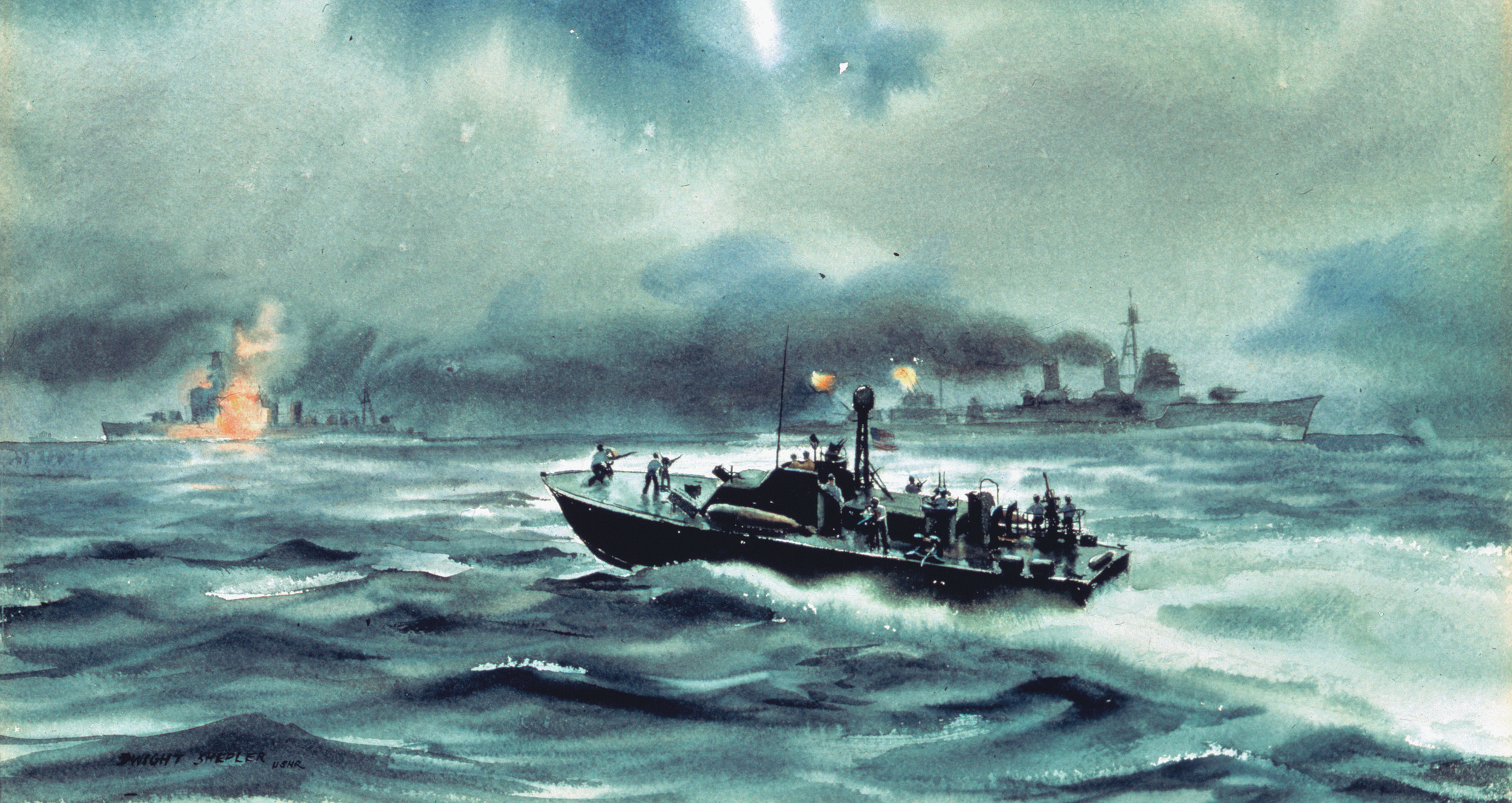
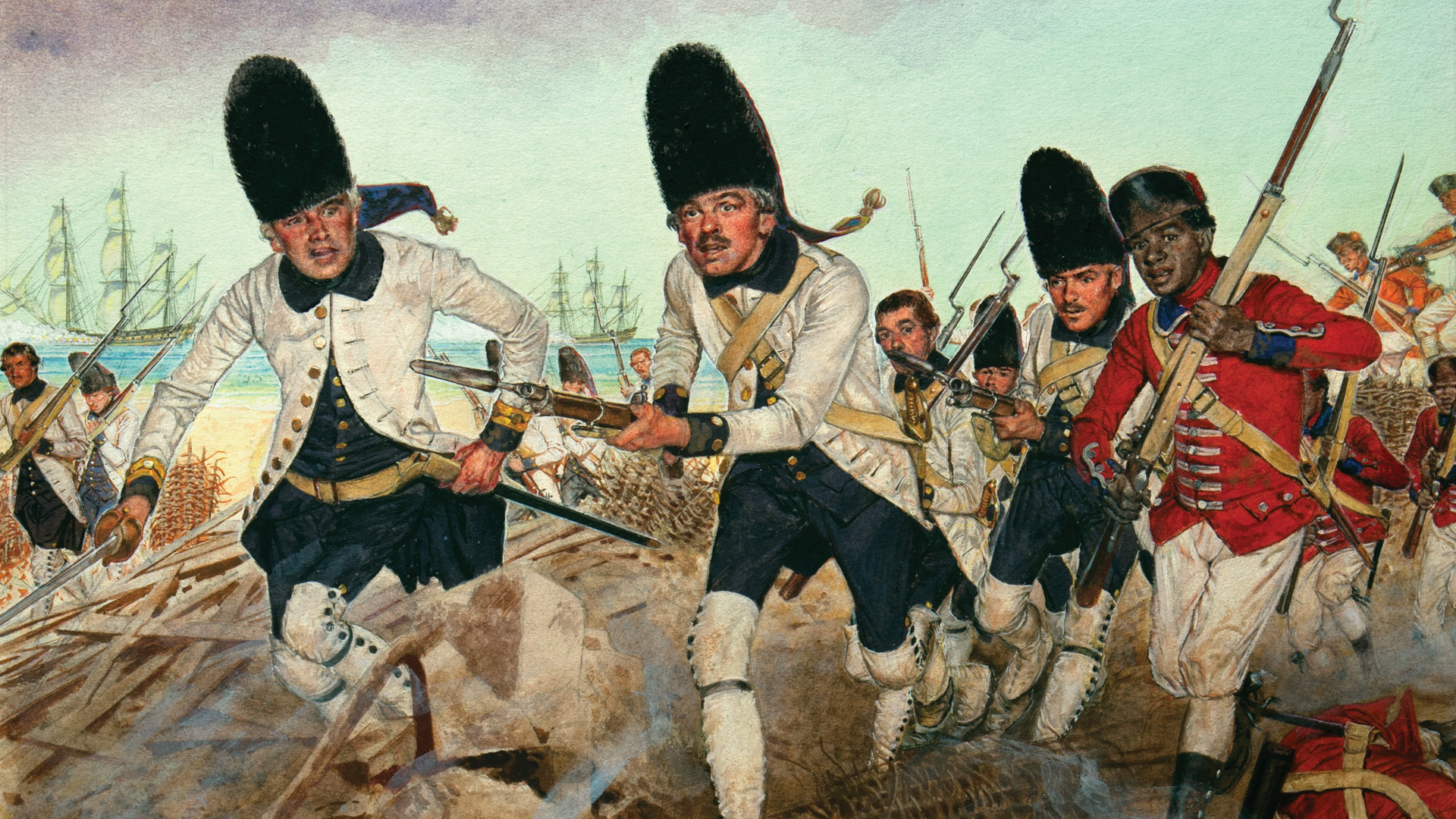
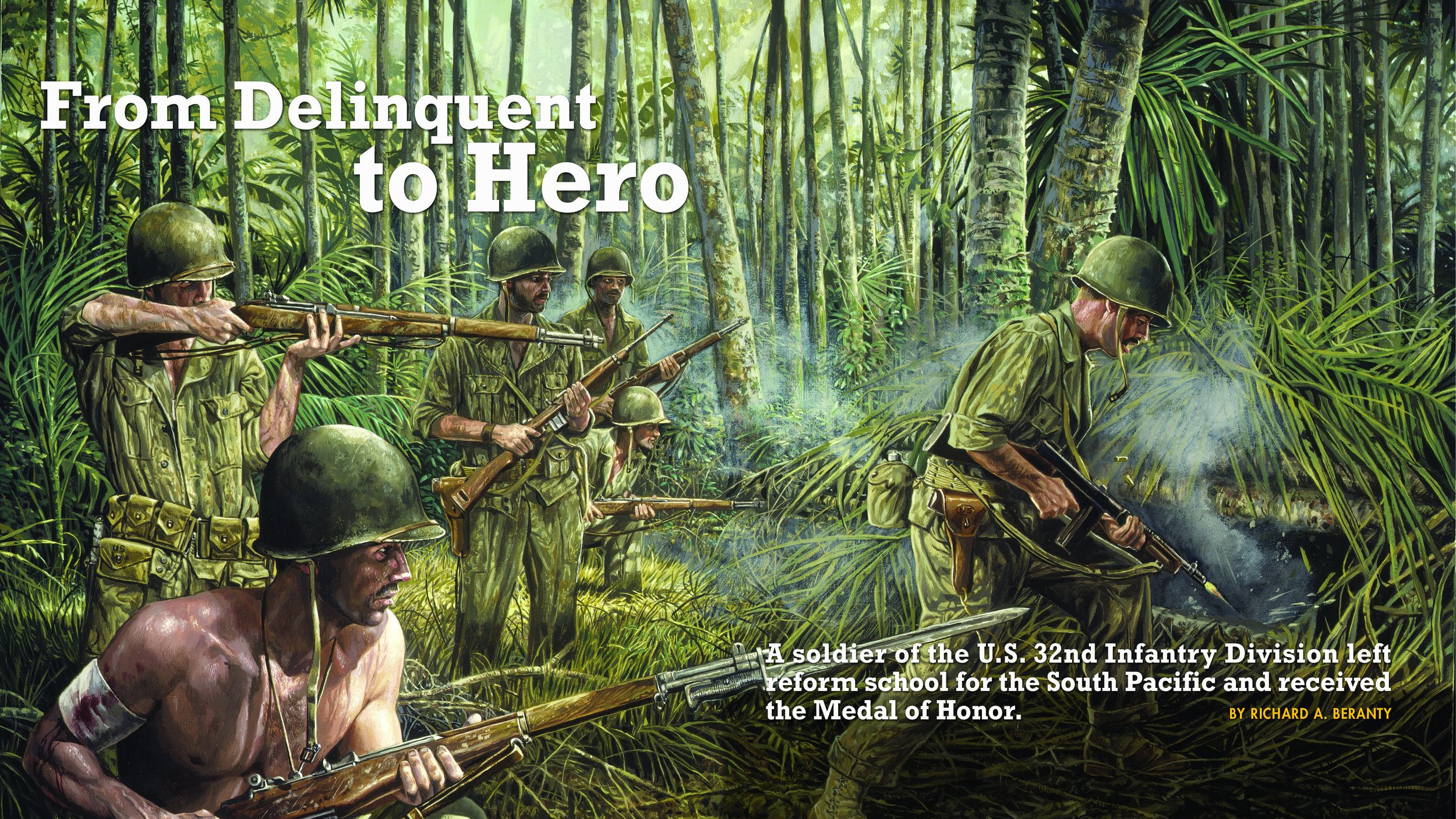
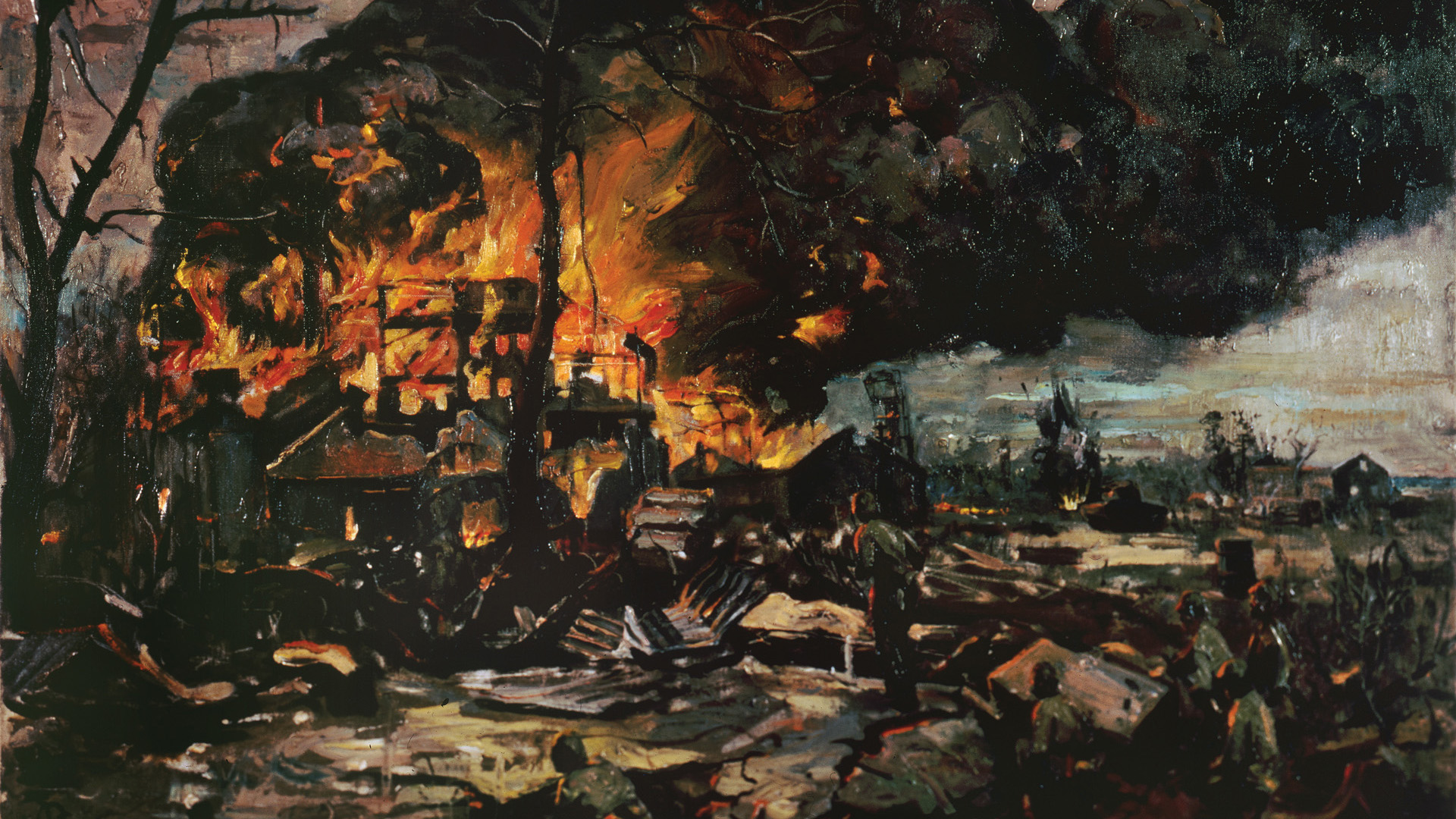
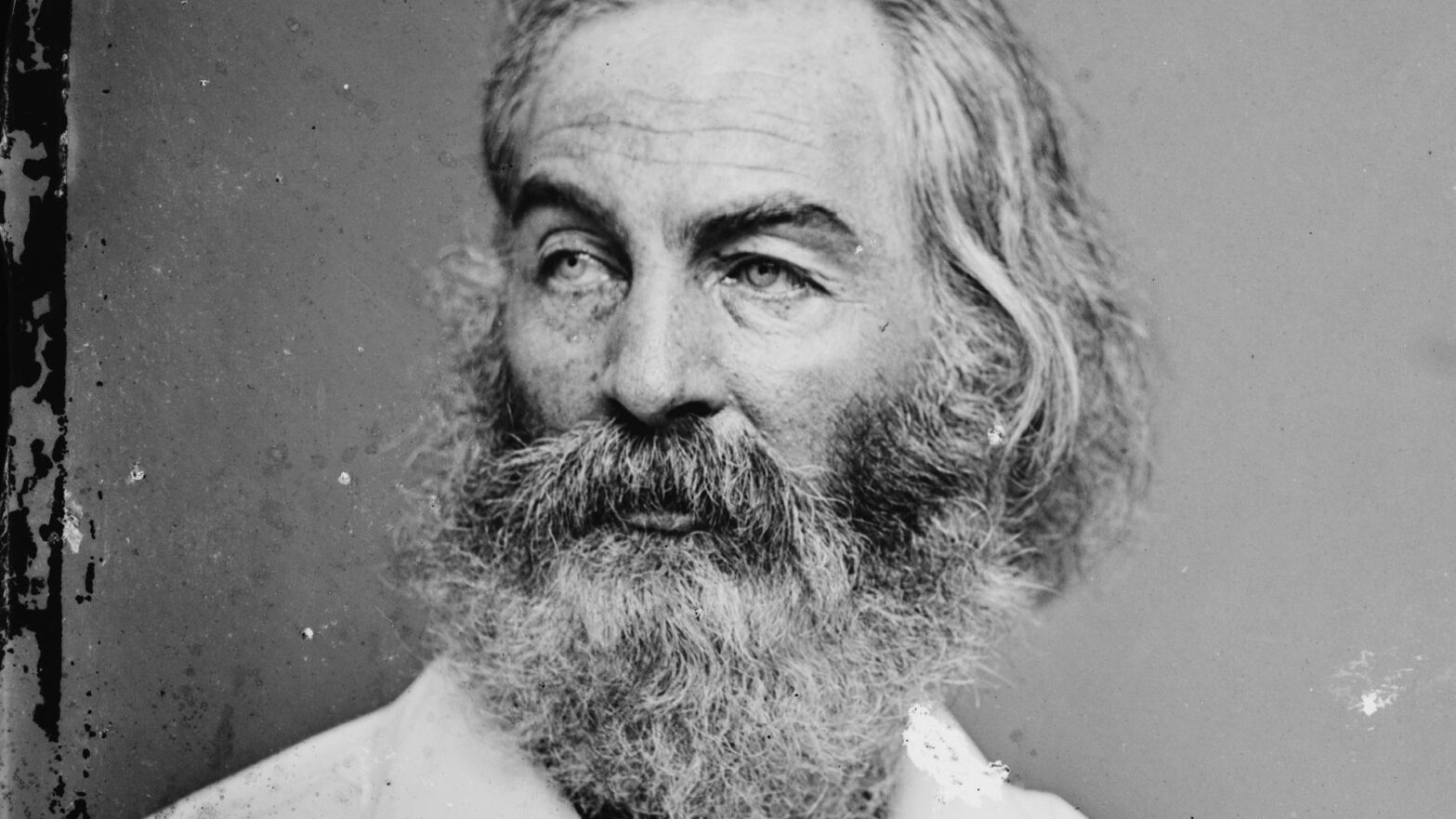
Dad, Corporal Joseph M. Betterton, was a member of the 2nd Infantry Division and went in at Omaha Beach in June 7th, 1944. He was injured with some shrapnel in both legs but had most of it pulled out and sent back to his unit. He went from St. Lo to be critically wounded in the Battle of the Bulge. He spent the next 11 months in different hospitals. I remember his talk about St. Lo…
What a great written story of this brave man! And the honors he received. Very heartfelt seeing his body covered with the American flag resting at the Holy Cross church. My Dad was a mule packer through Burma. Tough times for all men in WWII that saw action and death. I salute all of you!